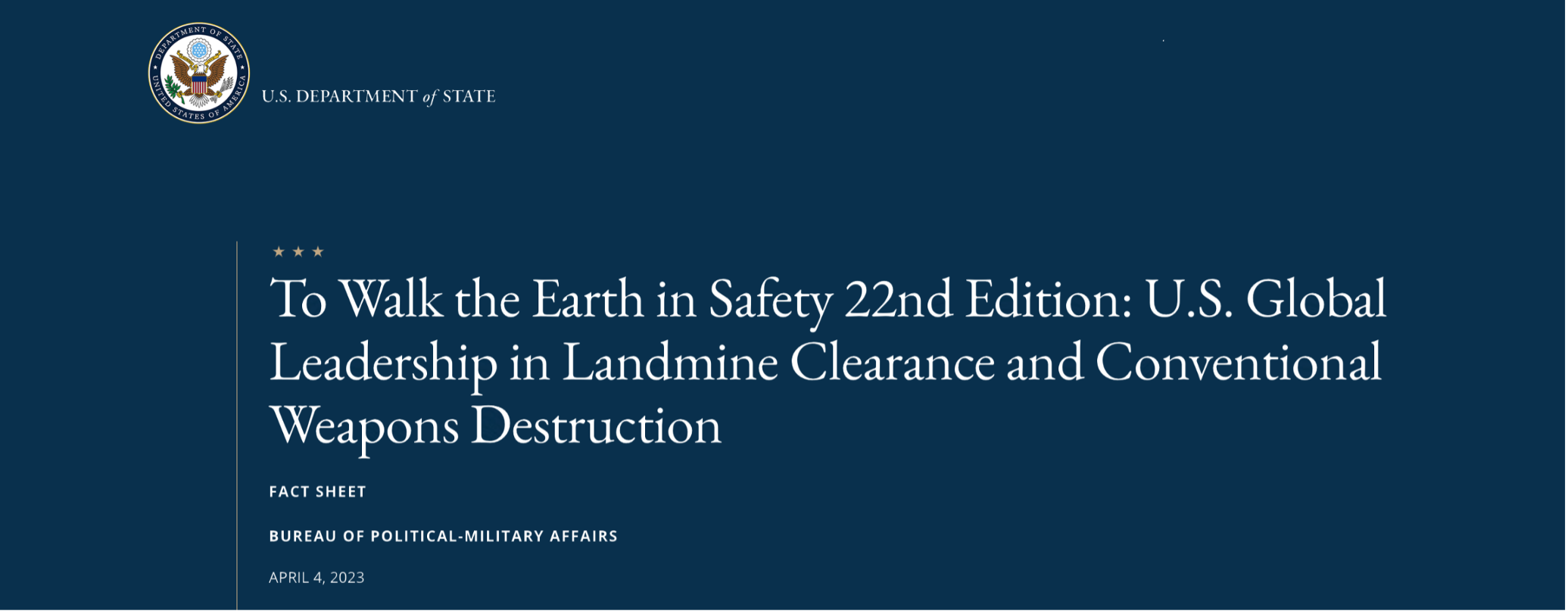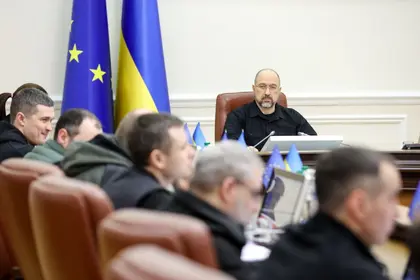In a speech to Ukraine’s Cabinet of Ministers yesterday, Prime Minister Denys Shmyhal outlined a new approach to clearing Ukrainian territory of mines.
JOIN US ON TELEGRAM
Follow our coverage of the war on the @Kyivpost_official.
The Humanitarian De-Mining Center (HDC), a government body, will be initially responsible for the planning of de-mining activities and ensuring their effectiveness. The HDC was established in December 2020 under the Ministry of Interior (MoI) managed by State Emergency Service of Ukraine (SESU) located in Merefa .
According to Shmyhal, Ukraine’s 174,000 square kilometres of mined territory is equivalent in size to double that of all of Austria – or half of Japan.
“Russia continues to kill even after we have pushed it off our land,” Shmyhal said. “[Russia] leaves behind it a deadly legacy. In the last month alone, 724 people have been injured by exploding mines, with 226 of them dying.”
“A great deal of arable Ukrainian land has been left unproductive [as a result of the presence of mines]. Without clearance, it is dangerous for farmers. Grain from this lost land is capable of feeding more than 80 million people all over the world,” Shmyhal said.
The Prime Minister said that there is an agreed plan for the de-mining of 470,000 hectares (4,700 square kilometres) of agricultural land in nine regions of Ukraine, with areas around Mykolayiv being top priority at present.

Diane Francis Interviews Mikhail Zygar, Yaroslav Trofimov on Prospects of Russia’s War on Ukraine
According to Shmyhal 350 Ukrainian deminers, supported by foreign de-mining organizations, are currently working and have neutralised some 320,000 explosive devices to date.
Shmyhal said that the HDC will cooperate with international partners in order that the de-mining process “does not take decades”.
The cost of one year’s worth of de-mining activity is close to $400 million, according to Shmyhal. He named the EU, USA, Canada and Japan as leaders in supporting de-mining work and noted that some $16 million worth of new technology is currently being used with agreements in place to provide a further $73 million.
The Government’s move to improve de-mining is in the context of a new government policy being developed which will:
· Foster national standards for de-mining activity;
· Deliver government de-mining programs in priority territories;
· Create “a market of de-mining services” for de-mining operators, and;
· Promote the use of innovative technology in de-mining.
The website of Ukraine’s State Emergency Service, the primary agency for operational de-mining, features an interactive map which shows de-mining operations and their progress.
The Prime Minister’s speech coincided with the latest U.S. State Department report: “To Walk the Earth in Safety.” This annual report, which was co-written with the Center for International Stabilization and Recovery at James Madison University in Virginia, was published on Apr. 4.

Its assessments that over a quarter of Ukraine’s territory is contaminated with mines and ERW and that 10% of Ukraine’s arable land cannot be farmed, largely concurs with Prime Minister Shmyhal’s own observations. “Russia’s brutal invasion is thus further worsening the global food crisis,” the report said.
The United States remains the world’s single largest financial supporter for global conventional weapons destruction efforts. This promotes international peace and security by reducing humanitarian hazards from landmines and ERW in post-conflict communities.
You can also highlight the text and press Ctrl + Enter






